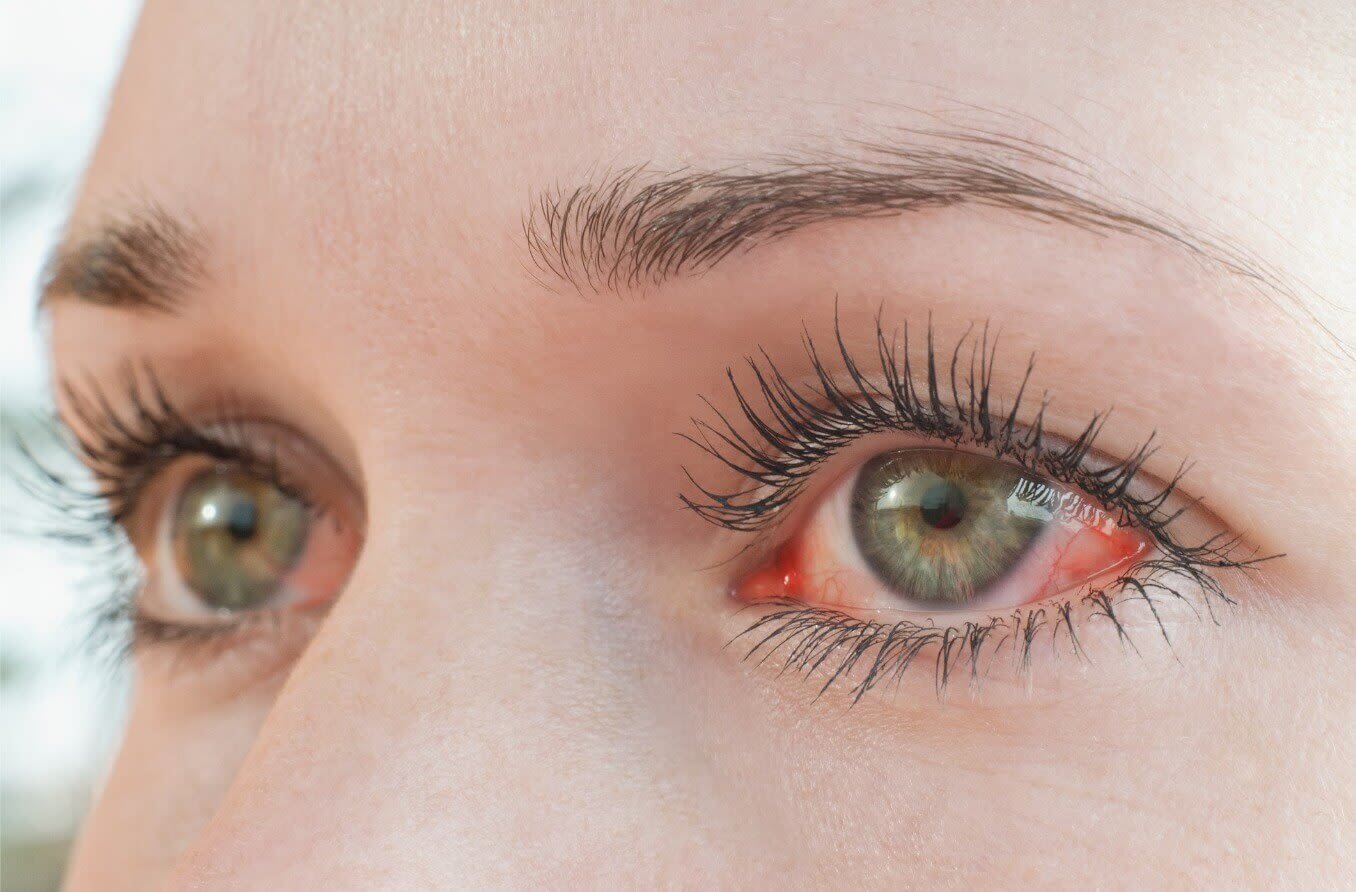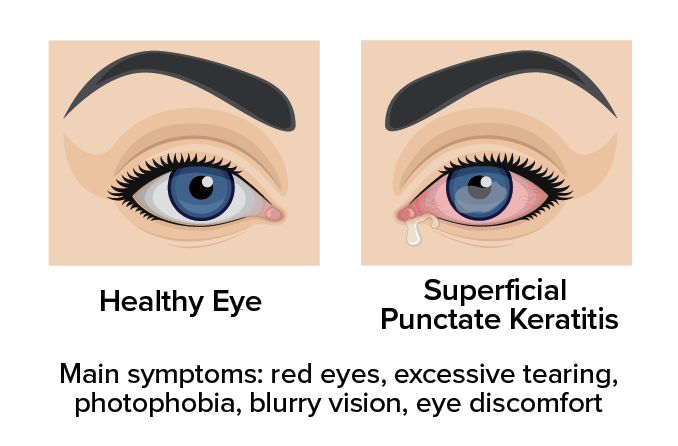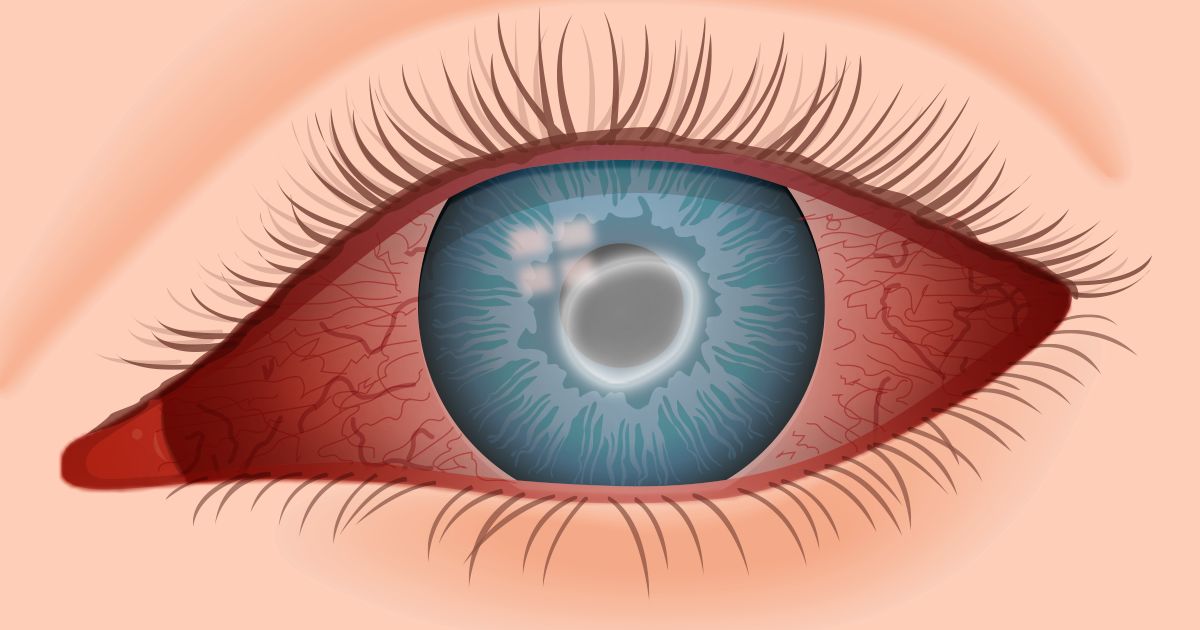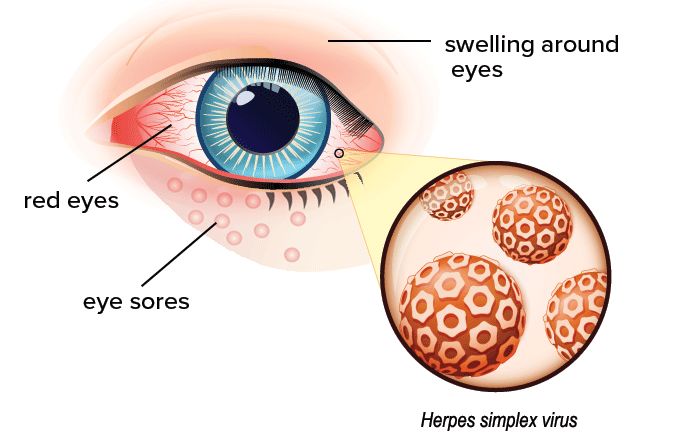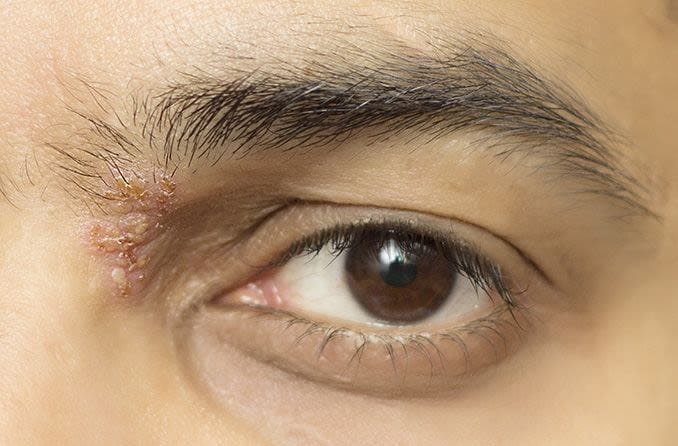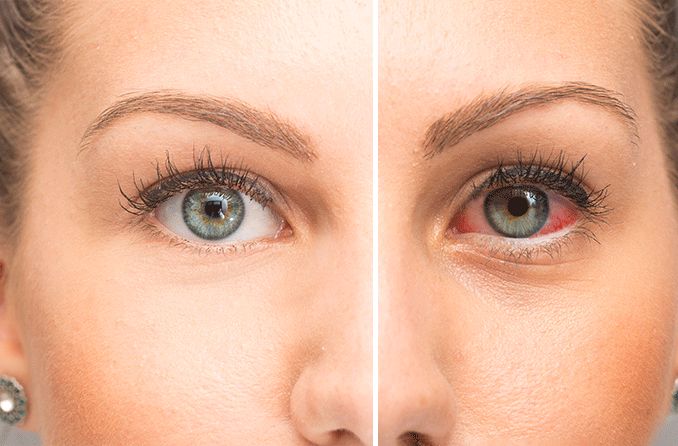What is arc eye?
Arc eye is a corneal welding injury like a sunburn. It is caused by unprotected exposure to ultraviolet (UV) rays from a welding torch. The medical term for arc eye is photokeratitis; it can be caused by UV rays from any source, but it has many common names that describe how the eyes are exposed.
For example, welders might know photokeratitis as arc eye or welder’s flash. Skiers might call it snow blindness, if their corneas are exposed to UV rays reflecting off of the snow.
Arc eye causes
Arc eye, flash burn and welder’s flash are all names for the medical condition photokeratitis, which can feel like a sunburn on the eye. Arc eye can happen when welders’ eyes are exposed to the UV radiation flashes from welding torches known as “arcs.”
If a welder isn’t wearing proper eye protection, UV radiation from welding arcs can injure the epithelium of the cornea. That’s the outer layer of your eye’s cornea that keeps your eyes moist and healthy. The cornea is the clear, front surface of the eye — similar to a car’s windshield — that lets light into the eye to enable vision. The cornea also powers eye focus.
When this thin, vulnerable layer of the cornea gets damaged by UV rays, the cells can slough off after several hours. This process leaves corneal nerves injured and exposed. As a result, arc eye can be intensely painful, similar to a bad sunburn.
Your unprotected eyes are also at risk for this condition — also known as ultraviolet keratitis and snow blindness — in sunny, outdoor settings with reflective light surfaces.
For example, not wearing UV protection sunglasses at a white sand beach puts your eyes at risk for photokeratitis. So does skiing the slopes on a bright day without proper eye protection. That’s because the UV rays can reflect off those surfaces, multiplying the UV exposure to your eyes.
Snow blindness is the common name for photokeratitis caused by UV rays reflected off of snow, since over 80% of the sun’s UV rays are reflected. The same name often applies to this condition when it’s caused by UV reflections off of white sand beaches or water.
Situations where your eye are at risk for photokeratitis include:
- UV rays reflecting off of surfaces such as snow, a lake, the ocean or white sand.
- UV lights or bulbs used in tanning beds and sun lamps
- UV lights or bulbs used in laboratory settings or germicide applications
- Bursts from a Halogen lamp
- Broken and/or unshielded mercury vapor and metal halide light bulbs. These types of bulbs are often used in school gymnasiums, streetlights, banks, stores and arenas.
SEE ALSO: 5 eye conditions linked to sun damage
Arc eye symptoms
When your eyes are exposed to damaging UV radiation, you may not notice arc eye symptoms right away. Arc eye symptoms can appear in as little as 30 minutes after exposure or take up to 12 hours to show up. Arc eye’s most common symptom is intense pain in the affected eye or eyes.
Another arc eye symptom is sensitivity to light, known as photophobia. Light sensitivity can cause headaches and make your eyes uncomfortable. Photophobia can also cause you to feel like you have sand or a foreign object in your eye, even when there is nothing there.
Other symptoms of arc eye include:
- Red, watery eyes
- Swollen, red eyelids
- Facial redness
- Impaired vision
Some of the same symptoms of arc eye could instead be signs of other eye conditions. Red, irritated eyes and light sensitivity could be symptoms of dry eyes or viral conjunctivitis. Exposure to cleaning solutions could be causing your eyes to react to chemicals.
You may have debris in your eye or be keeping your contacts in too long, causing eye discomfort. Even an allergic reaction to eye drop preservatives could be the culprit.
If you have arc eye symptoms, schedule an appointment for an eye exam. Your eye doctor can diagnose the true source of your symptoms and suggest the right course of treatment.
SEE RELATED: Sunburned Eyes
Arc eye treatment
Arc eye typically heals within one or two days after exposure. The eye doctor who examines your eyes can recommend treatment for faster healing. Generally, treatments for arc eye include applying antibiotic ointment for two or three days to make sure your eye doesn’t get a bacterial infection.
To help with eye discomfort, your eye doctor may recommend using lubricating eye drops and taking pain medication. If you wear contacts, avoid putting them in and wear only glasses until your cornea is back to normal.
How to prevent arc eye
Welders should wear properly filtered safety glasses, goggles or the proper welding helmet while welding to protect their eyes against welding arc UV light. People who work in a lab or another setting with a high risk of exposing eyes to damaging UV rays should wear protective glasses or face shields.
When outside, wear sunglasses that block 100% of UV light. You can further limit how much sunlight reaches your eyes by wearing a wraparound style that fits more closely.
What if I think I have arc eye?
If you have arc eye symptoms, schedule an eye exam with an eye doctor. The doctor can determine whether you have arc eye or another eye condition with similar symptoms.
ALSO RELATED: Can UV exposure cause eye cancer?



